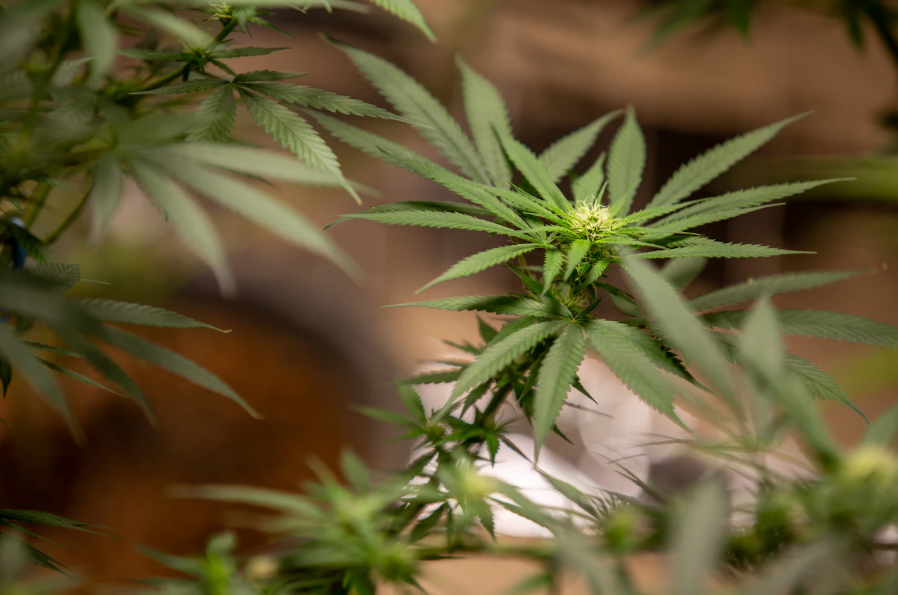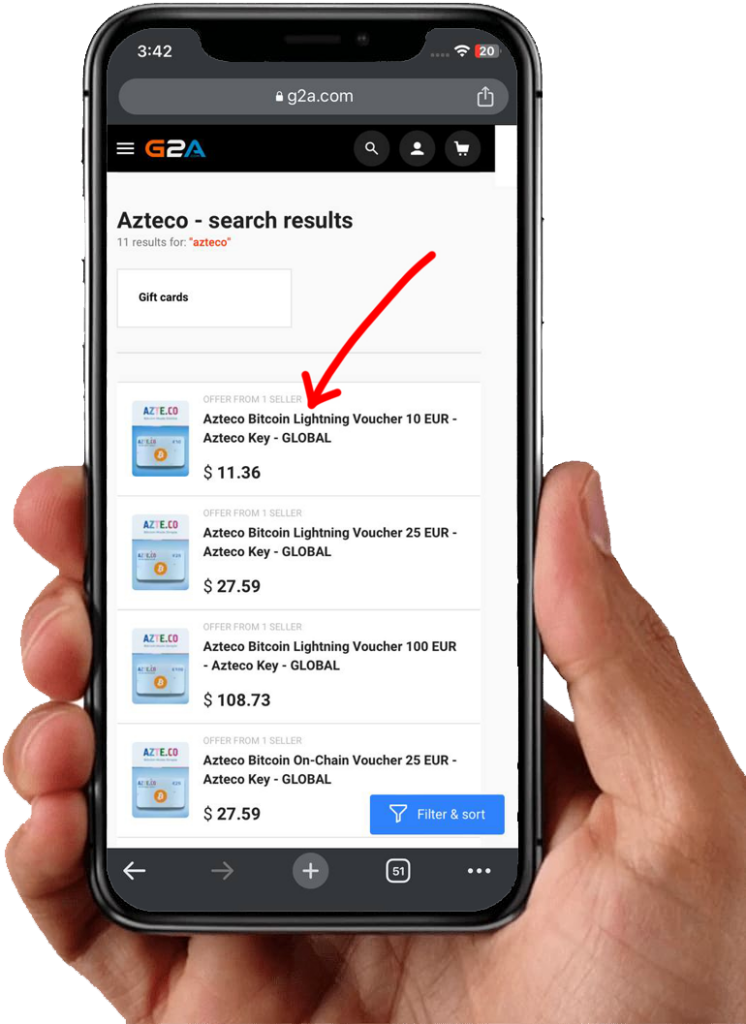Are you new to weed planting? Cover the basics of growing weed for sale indoors versus growing weed outdoors, and which is best for you.
Growers and enthusiasts argue the indoor vs. outdoor debate for decades. Some argue that the end product should drive your decision to grow indoors or outdoors. But the truth is that when grown properly, both methods produce excellent results. So, what are the factors to consider when deciding whether to grow weed for sale indoors or outdoors? This article will assist you in weighing your options and starting your weed cultivation journey.
Factors to Consider When Growing Weed Indoors vs. Outdoors
Choosing whether to grow weed for sale indoors or outdoors is a complex decision. You may have preferences or goals for your garden, but climate or environment may change. While not an exhaustive list, here are our top five considerations when selecting your type of grow.
Climate is the first factor.
The first factor to consider is the climate, because you won’t be able to strategically plan your crop until you know where you’ll be growing it. Weed for sale, for example, thrives in the sun and requires a summer season to reach its full potential outdoors. Growing outdoors may not be the best option if you live in a densely forested forest with limited sunlight through the canopy.
If you intend to grow in a location that receives full sun all day in a dry climate, you should prepare to water your plants frequently. To keep your plants happy in many desert and high desert climates, daily watering is in need. Outdoor growing may not be for you if you enjoy long summer vacations.
Too much moisture is another climate consideration. If you live in an area that receives a lot of rain during the summer, you should choose a greenhouse over fully sun-grown plants. Excess moisture and humidity can cause bud rot, mold, and mildew.
Finally, if you don’t live in an area where you can grow weed outdoors, an indoor grow will suffice.
The second factor is space.
Each state has different laws regarding how many plants you have permission to grow. This is either for medical or recreational purposes. In a recreational marijuana state, an adult can grow four to six plants per household on average. Patients who use medical marijuana can often grow significantly more. But they must have legal certification with medical marijuana cards.
Whether you grow adult-use or MMJ, you’ll require enough space to accommodate the number of plants you intend to grow. Because you have less control over their height and width when they are outside, outdoor plants will be much larger than indoor plants. However, don’t let the size of indoor plants fool you. They will take up as much space as the best weed for sale fertilizers allow.
Allow enough space for fully mature plants to grow into an indoor grow setup to avoid overcrowding. Allow three square feet per plant to ensure that neighboring plants’ branches do not touch. Due to limited airflow and the transfer of pests or diseases, a crowded grow room is prone to problems such as mold.
Outdoor crops require more space and should be planted four to six feet apart. You must be able to easily maneuver around each plant because you will be working up in the plant to stake up large branches, remove dead leaves, and build a trellis as they near maturity.
Keep in mind that each weed strain grows differently. Some plants, such as sativas, are tall and lanky, whereas many indicas are shorter and bushier. Before deciding whether to grow weed indoors or outdoors, do some strain research. Don’t forget to leave enough space for your harvested plants to dry and cure.
Price is the third consideration.
Growing marijuana is a high-risk investment. Any type of cultivation, particularly for first-time growers, involves some trial and error. This can add up financially. If you’re deciding between indoor and outdoor growing, it’s probably not surprising! Growing indoors requires a larger initial investment.
Furthermore, an indoor grow requires a lot of specialized equipment when starting from scratch.
The room must be sterile and with frequent modification include proper ventilation. Also, adequate electrical wiring, and, in most cases, a fresh coat of white paint to help the lights reflect onto the plants from all angles. High-quality grow lights, ballasts, charcoal filters, fans, timers, humidity and temperature controls, and plenty of extension cords are also in need. Not to mention the pots, soil, nutrients, and other growing materials you’ll require wherever you grow.
You really only need pots, soil, nutrients, and supplies to keep full-sun outdoor plants upright. Trellis materials and bamboo stakes are included. Growing weed for sale in a greenhouse does incur additional costs, which vary greatly depending on the size of the greenhouse. A basic hoop house costs $5-10 per square foot. But a high-end greenhouse with built-in fans, auto-closing vents, and special covers can easily cost three to four times that.
Another consideration is how much the buds will be worth once harvested. If you want to sell your weed, keep in mind that many people receive a higher price for indoor weed than for outdoor weed, though this varies by region and testing quality.





















































